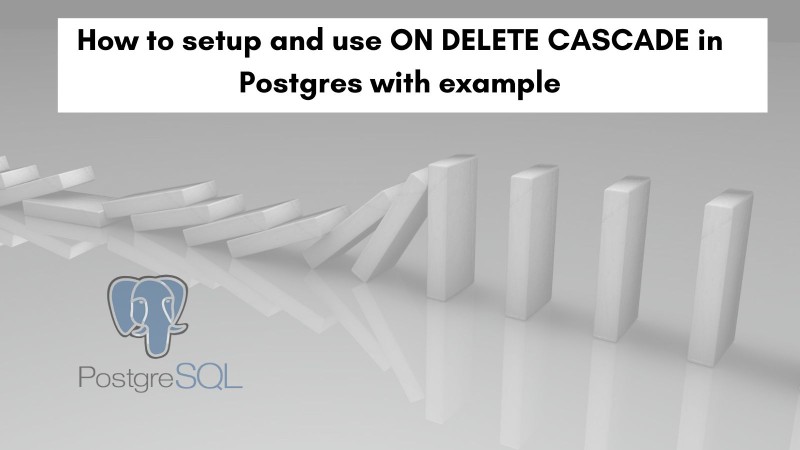Database-as-a-service provider EnterpriseDB (EDB) has released the next generation of its popular distributed open-source PostgreSQL database, dubbed EDB Postgres Distributed 5.0, designed to offer high availability, optimized performance and protection against data loss.
In contrast to its PostgreSQL14 offering, EDB’s Postgres Distributed 5.0 (PGD 5.0) offers a distributed architecture along with features such as logical replication.
In PGD 5.0 architecture, a node or database is a member of at least one node or database group and the most basic system would have a single node group for an entire cluster.
“Each node (database) participating in a PGD group both receives changes from other members and can be written to directly by the user,” the company said in a blog post.
“This is distinct from hot or warm standby, where only one master server accepts writes, and all the other nodes are standbys that replicate either from the master or from another standby,” the company added.
In order to enable high availability, enterprises can set up a PGD 5.0 system in such a way that each master node or database or server can be protected by one or more standby nodes, the company said.
“The group is the basic building block consisting of 2+ nodes (servers). In a group, each node is in a different availability zone, with dedicated router and backup, giving immediate switchover and high availability. Each group has a dedicated replication set defined on it. If the group loses a node, you can easily repair or replace it by copying an existing node from the group,” the company said.
This means that one node is the target for the main application and the other nodes are in shadow mode, meaning they are performing the read-write replica function.
This architectural setup allows faster performance as the main write function is occurring in one node, the company said, adding that “secondary applications might execute against the shadow nodes, although these are reduced or interrupted if the main application begins using that node.”
“In the future, one node will be elected as the main replicator to other groups, limiting CPU overhead of replication as the cluster grows and minimizing the bandwidth to other groups,” the company said.
Data protection is key
As enterprises generate an increasing amount of data, downtime of IT infrastructure can cause serious damage to enterprises. In addition, data center breaches are becoming more commonplace and a report from Uptime Institute’s 2022 Outage Analysis Report showed that 80% of data centers have experienced an outage in the past two years.
A separate report from IBM showed that data breaches have become very costly to deal with.
The distributed version of EDB’s object-relational database system, which competes with the likes of Azure’s Cosmos DB with Citius integration, is available as an add-on, dubbed EDB Extreme High Availability, for EDB Enterprise and Standard Plans, the company said.
In addition, EDB said that it will release the distributed version to all its managed database-as-a-service offerings including the Oracle-compatible BigAnimal and the AWS-compatible EDB Postgres Cloud Database Service.
The company expects to offer a 60-day, self-guided trial for PGD 5.0 soon. The distributed version supports PostgreSQL, EDB Postgres Extended Server and EDB Postgres Advanced Server along with other version combinations.
Copyright © 2023 IDG Communications, Inc.
Source link











Leave a Reply